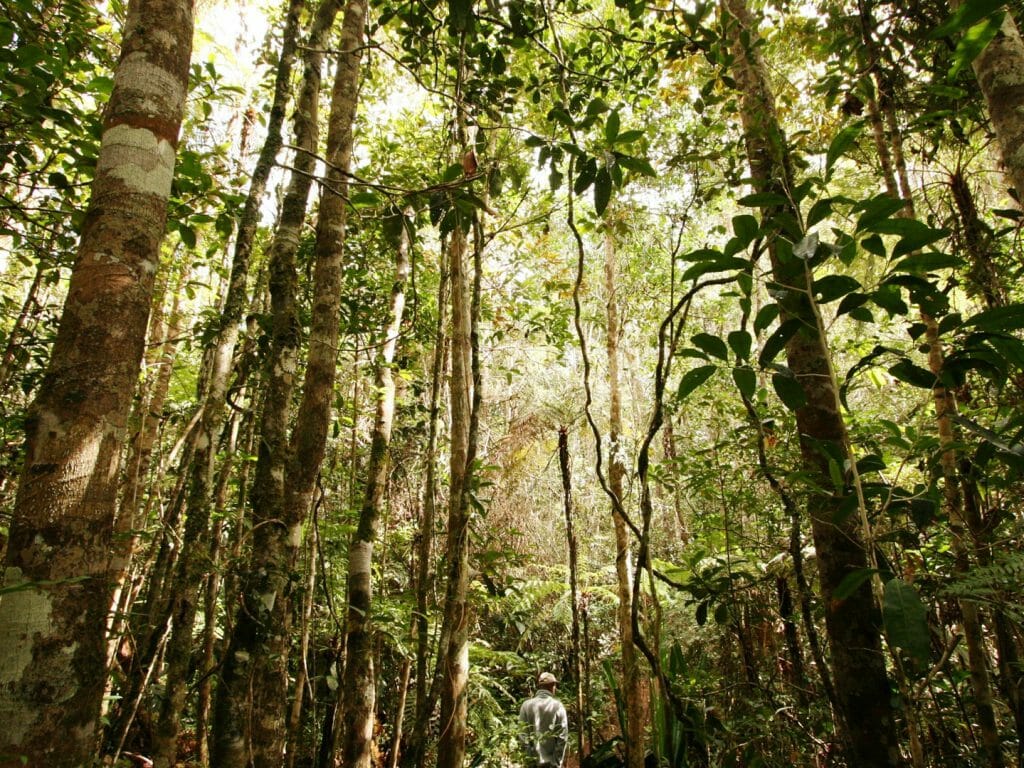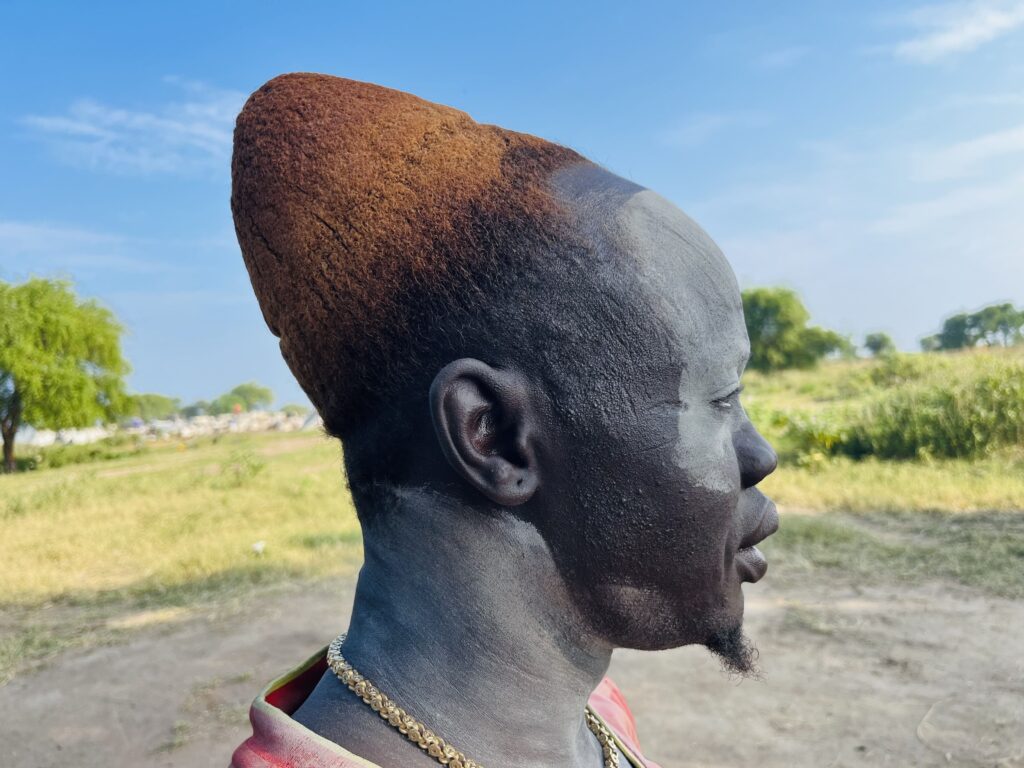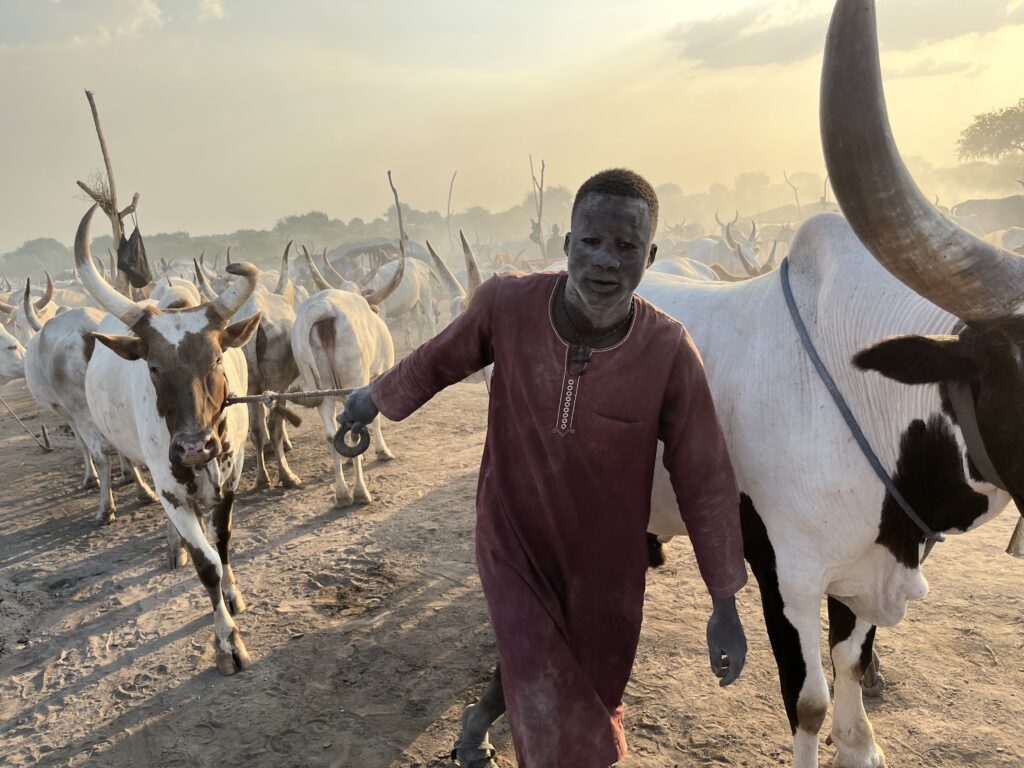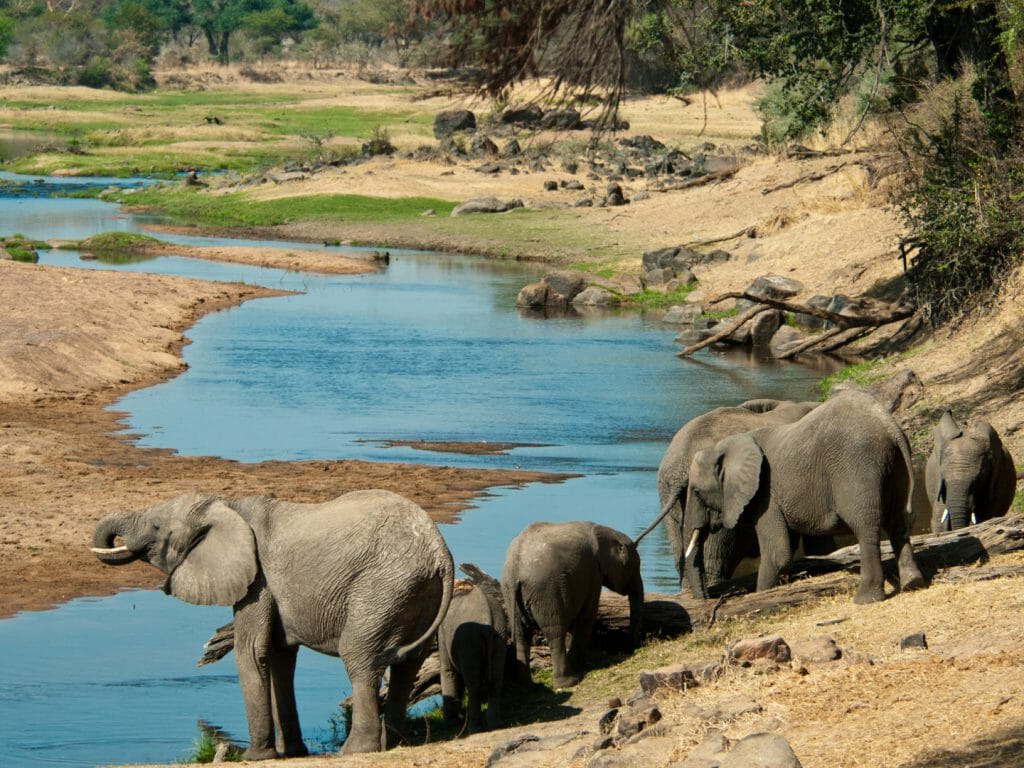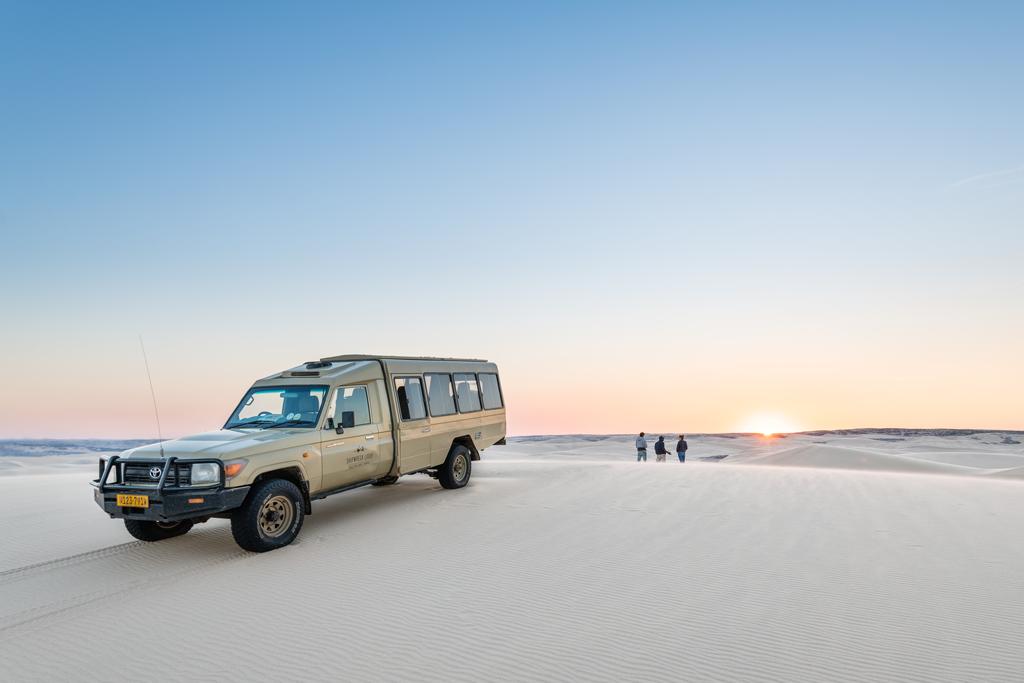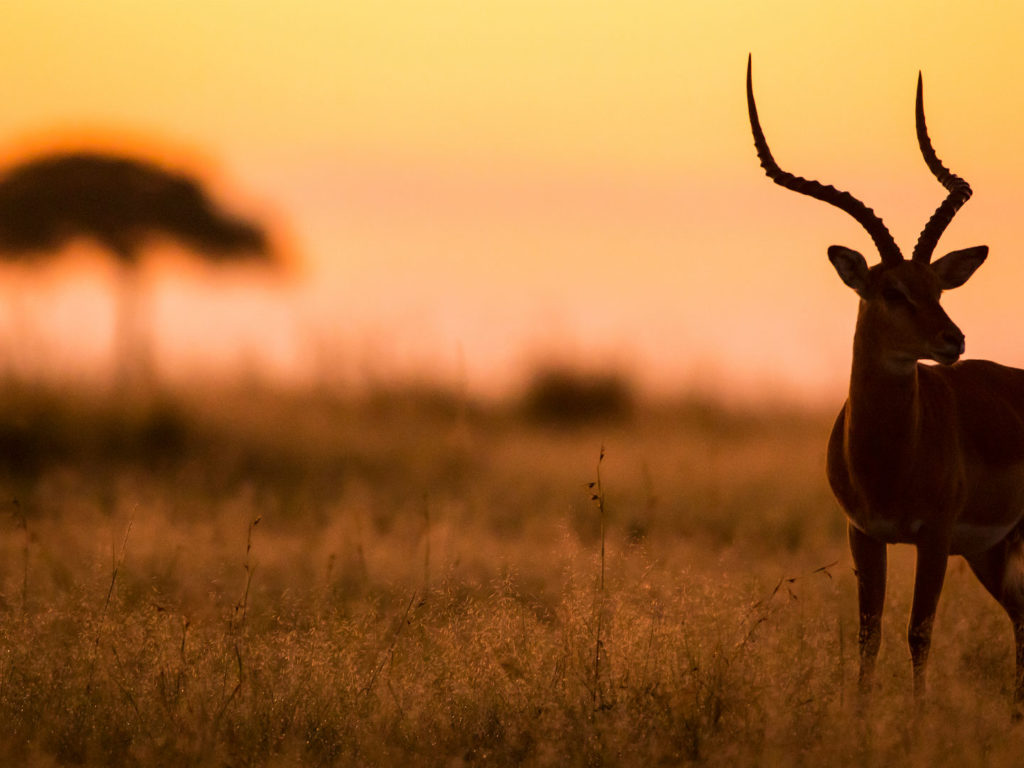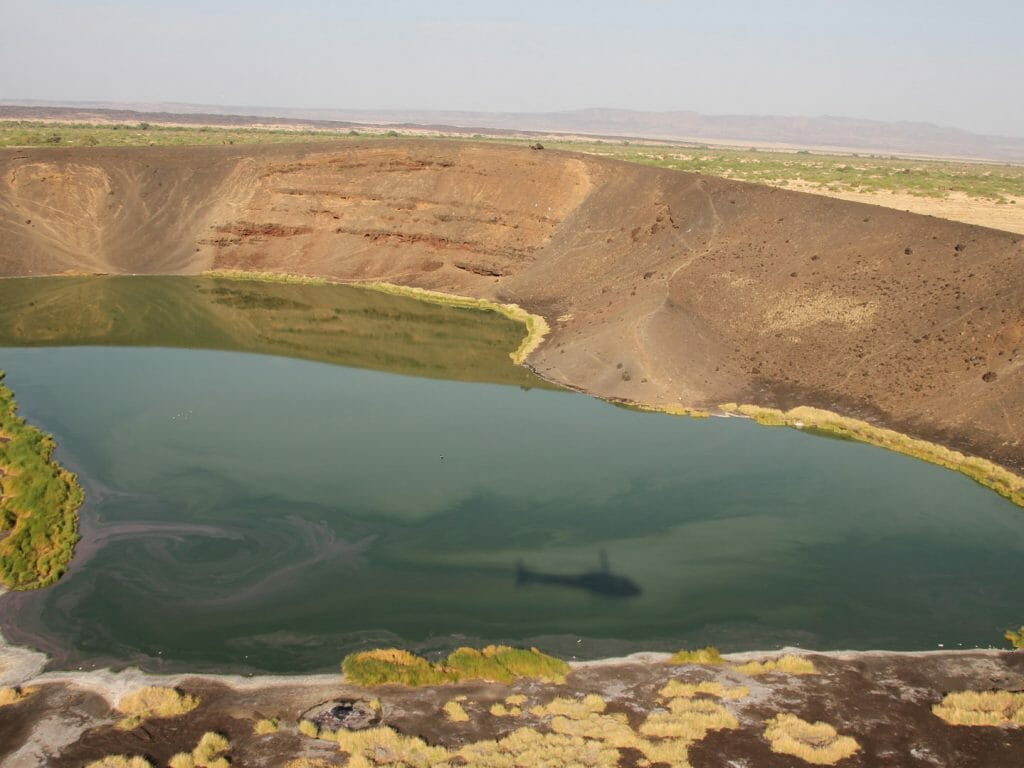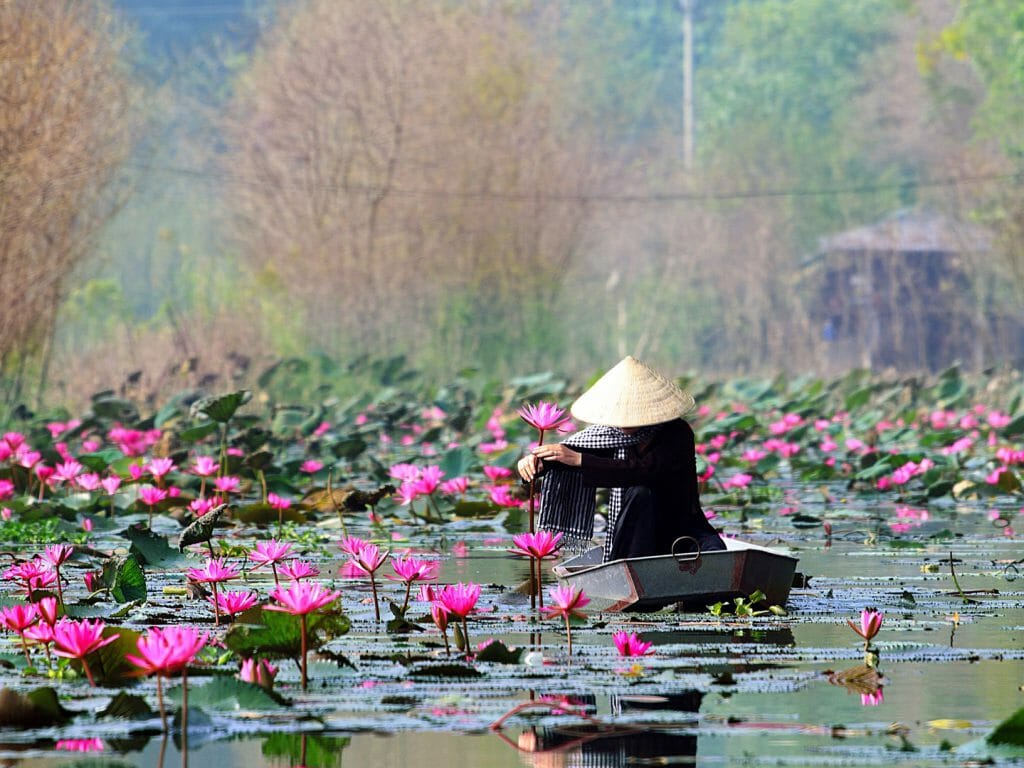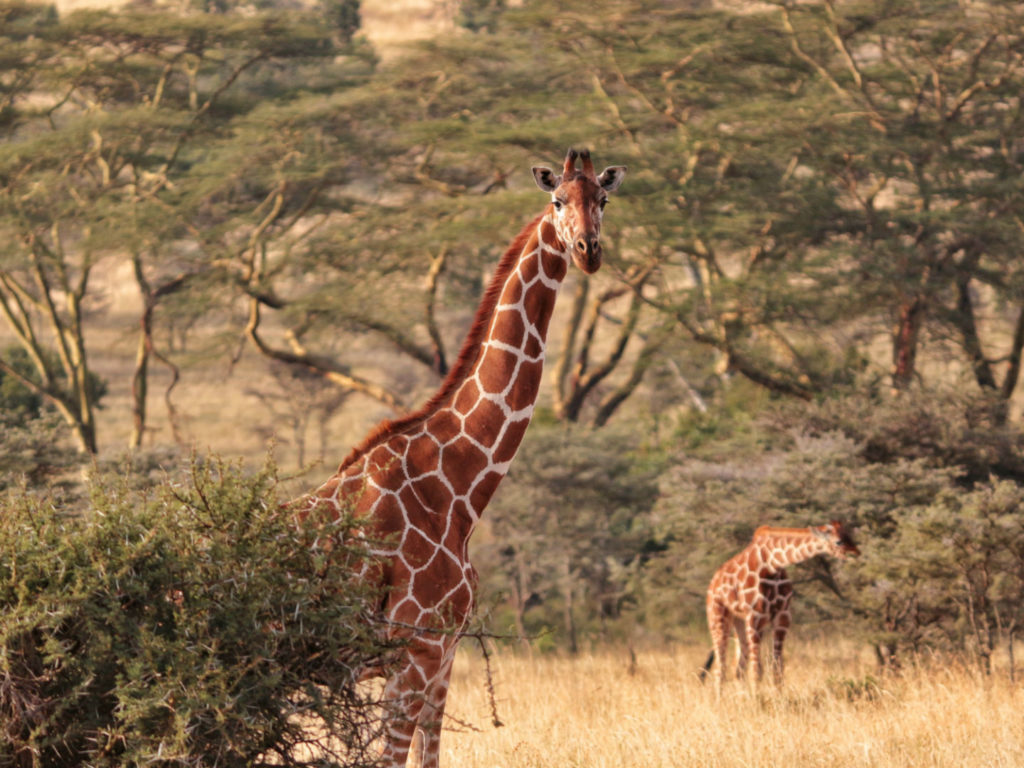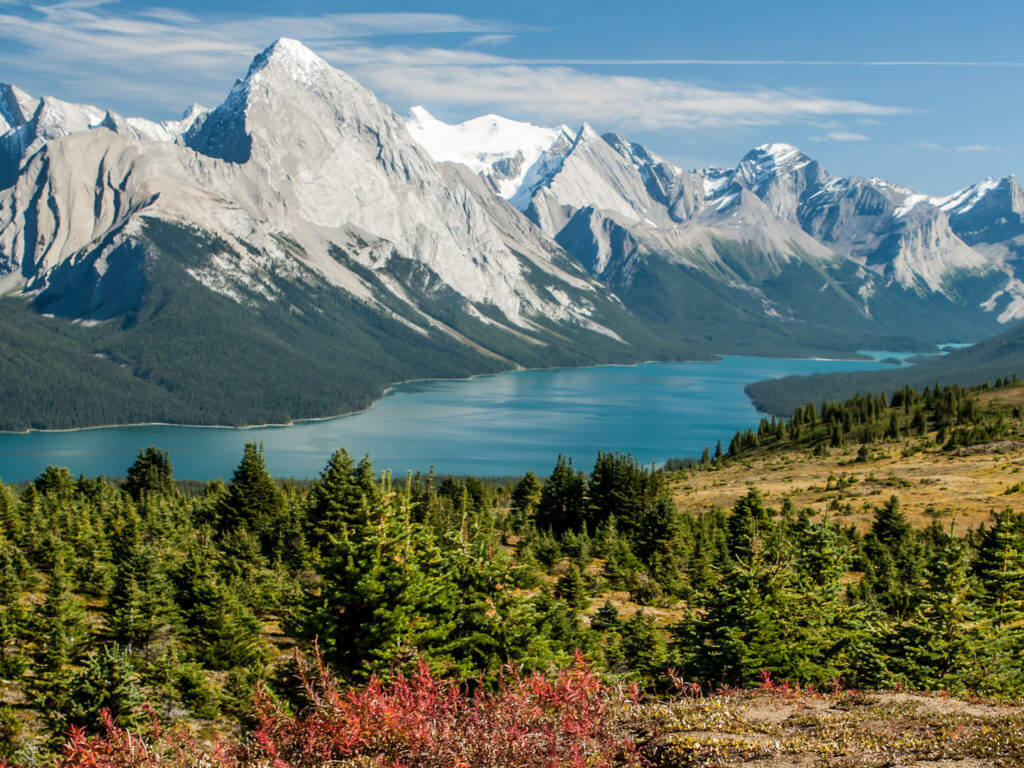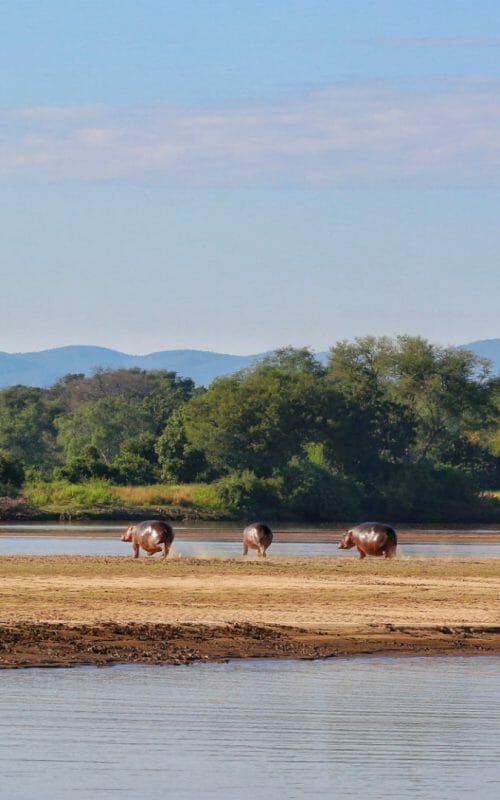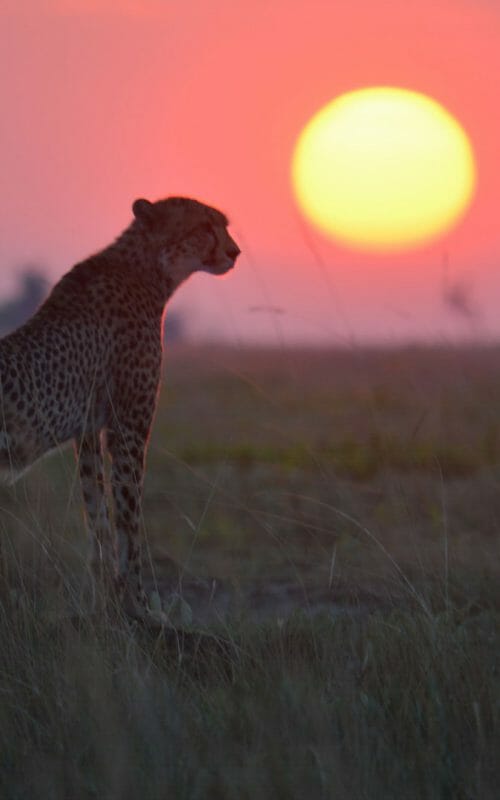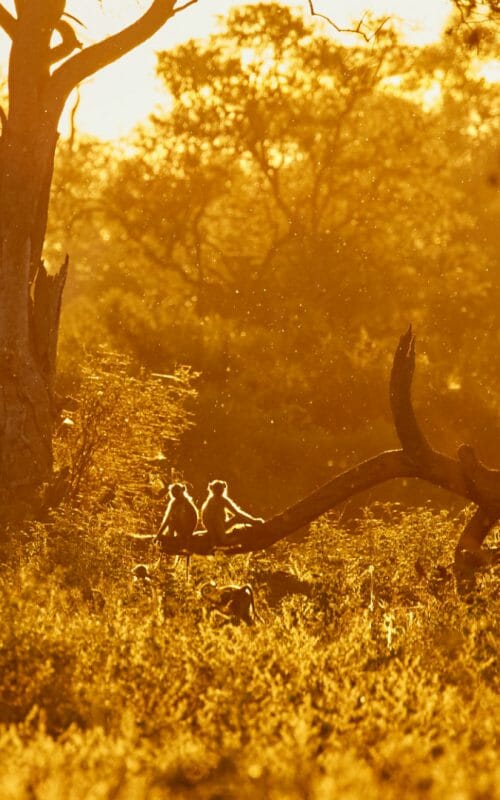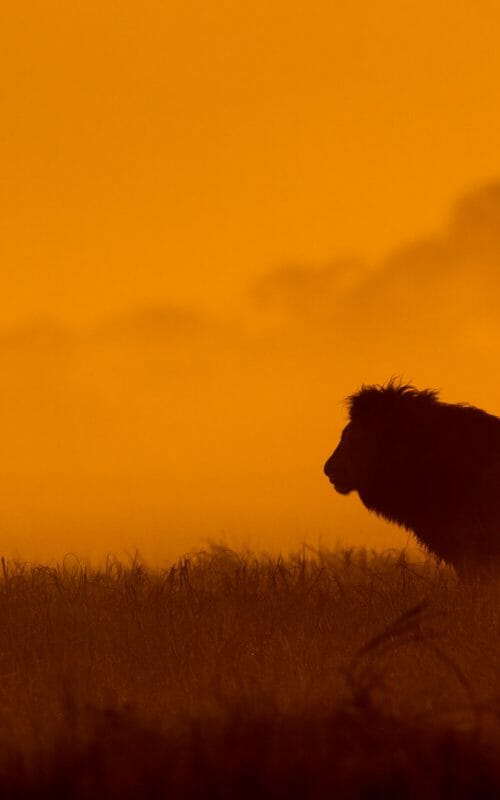As we wait for my bags, my guide Stephen points to a game of football taking place on a patch of grass opposite the entrance. “A big match.” He says. “The local derby.”
I mention it does seem odd that both sides are wearing the same kit. It’s the bright green of the national side, nicknamed Chipolopolo, or “The Copper Bullets”. “How does that work?” I ask.
“Here it’s easy. Everyone knows each other,” replies Stephen.
After loading the luggage into our Land Rover, we begin our drive through Mfuwe – an unassuming town which borders Zambia’s most famous park, South Luangwa.
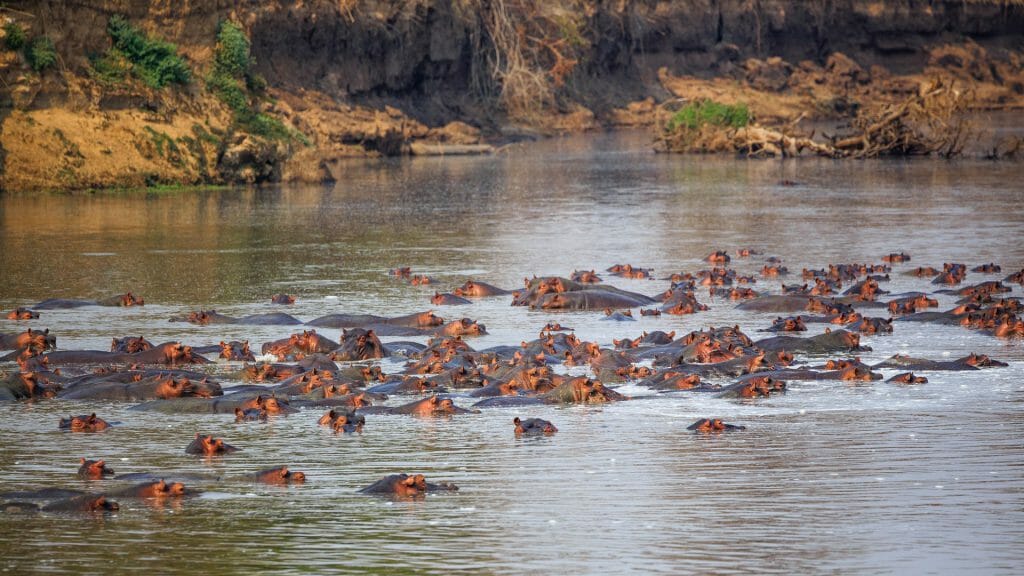
Stephen tells me he has lived in the area, known locally as ‘The Valley’, his whole life. His own family and his children are all close by. I ask what he likes most about working here, an area that’s famous for its pioneering walking safaris and spectacular wildlife.
“The mangos,” he says in a heartbeat and gestures through the open window at the huge trees lining the road – the branches weighed down by plump fruit. “Every house has its own mango tree. Before a family build a home here, they plant a mango tree.”
We drive past piles of neatly-arranged fruit, all watched over by grinning children. “If everyone in the village has a mango tree, who buys them?” I ask.
“The mangos here are special,” he says. “People come from afar to buy them. People think they know what mangos taste like… until they come here. Not all mangos are the same.”
The conversation flows easily and he says he has been guiding here “a while”, which soon turns out to mean over 30 years. He has worked alongside one of Zambia’s leading conservationists, Norman Carr, as well as renowned guide Robin Pope.
Stephen is not one of the khaki-coloured chauffeurs found elsewhere. He brings the place alive, in a way only possible if you have lived here all your life.
Like the guides, the park boundaries are deceptively modest. In one area during my trip, I drive past a small cluster of buildings made of elephant grass with clothes drying on the thatch roof. “The northern border,” I am told. Elsewhere, a small hand-painted sign, nailed to a tree, simply reads: ‘The Park’.
Therein lies South Luangwa’s charm. Subtle and unassuming, this most natural of settings is home to an astonishing abundance of game. This is down to one thing, the Luangwa River. It is the soul of the park and you feel its presence as soon as you enter. Unusually for an African river of this size, it remains untouched by people. No dams, no irrigation; it flows freely in its natural state. Each season, this vast, wild river carves through the valley’s fertile soil to create ever-evolving landscapes waiting to be explored.
Much like the flow of the river, my time on safari here turns out to be full of subtle twists and turns. I venture to the south of the park; where the guiding is good, but the accompanying stories and myths are spellbinding.
I hear of birds that act like dogs, trees that rain and four-metre-high, blue-tongued insomniacs. I learn about bushes that scare off ghosts, invisible reptiles and horned beasts that navigate by the stars.
Away from these phantoms, the famous walking safaris don’t disappoint. One morning, we head out from camp and follow a trail of claws, paws and hooves in the damp sand. These lead us to a pride of lions.
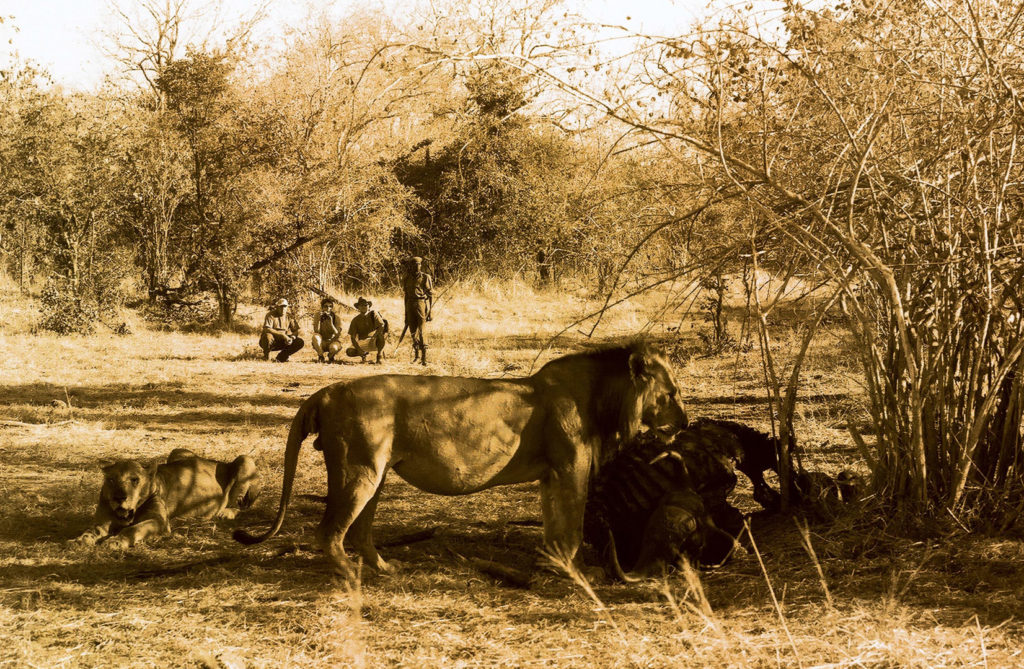
The game drives are no less impressive – dusty wild dogs, bullish elephants and countless leopards. So many, in fact, that we breezily dismiss a mother and cub in broad daylight to follow the call of a Pel’s fishing owl and her young.
Before I know it, it is my final evening and I drink a bottle of Mosi (‘The Beer that Thunders’) overlooking the Luangwa River. The water shines like copper in the evening sun and hippos’ bellowing grunts ring out below me. Crocodiles lie ominously in the shallows, as a colony of dazzling carmine bee-eaters take flight on the opposite bank.
As we drive back to camp, Stephen slows down in the fading light and stops, pointing to a branch about 20 metres ahead. “Can you see the leopard?” he asks. Which, of course, I can’t. We slowly drive forward, and then I see it – a big male with a fresh kill. Then I see the female. Then the cub. It’s just us, and the cats having dinner.
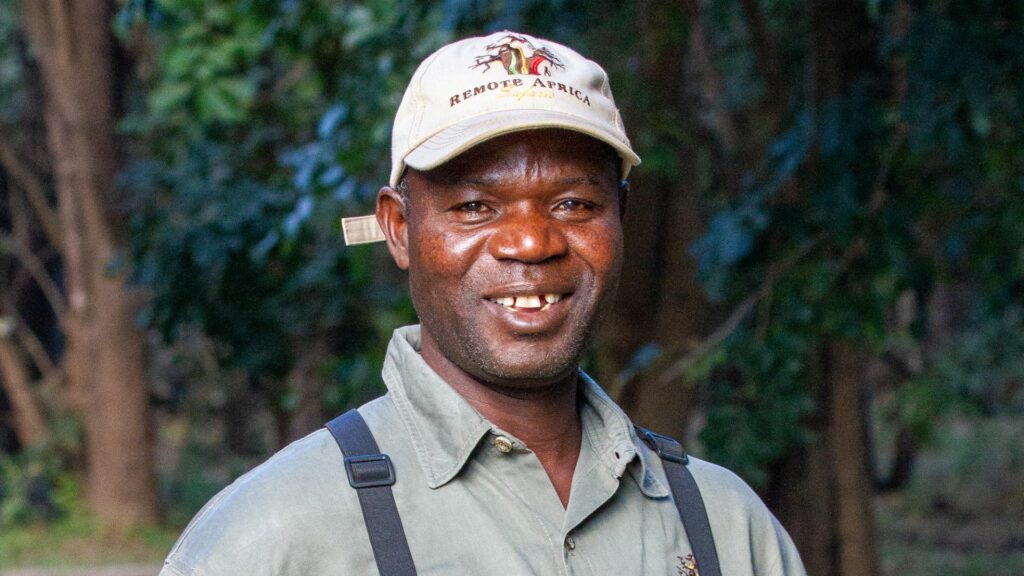
“That’s incredible,” Stephen says. And he means it. There is a warmth and authenticity to the safaris here that I have not found elsewhere. Indeed, the wildlife here is spectacular, the lack of tourists is refreshing and the small bush camps are full of charm. It is, however, the Zambian people who give these safaris their unique flavour.
Not all mangos are the same.
Holiday inspiration


